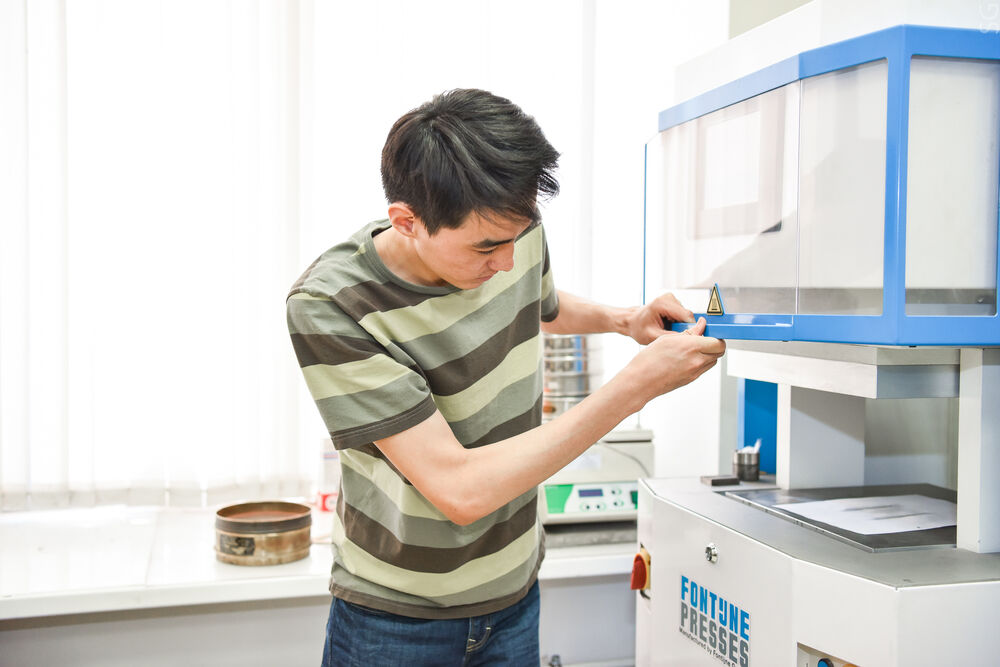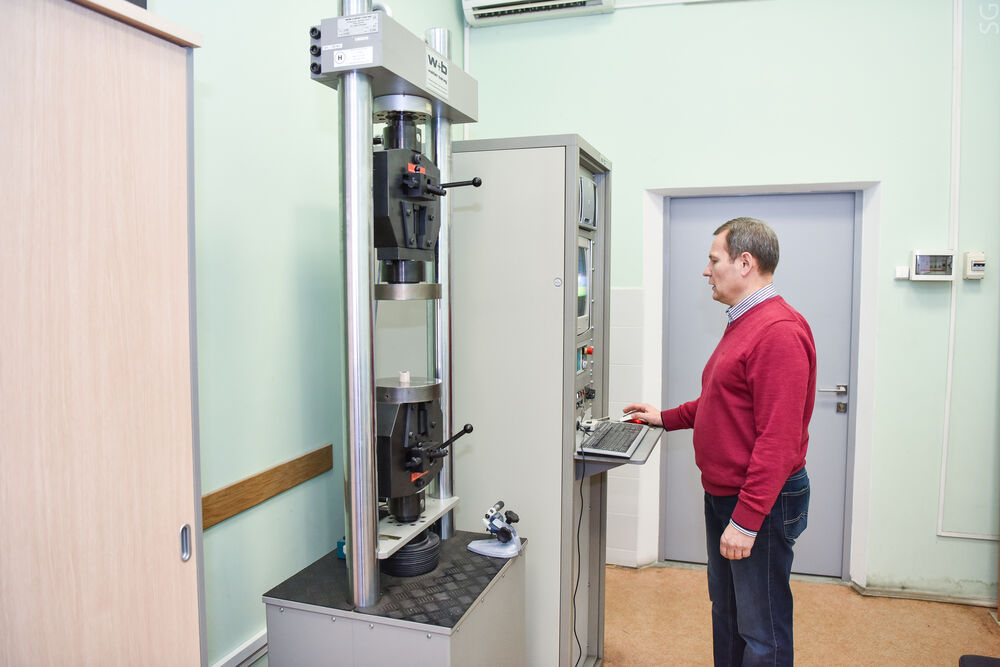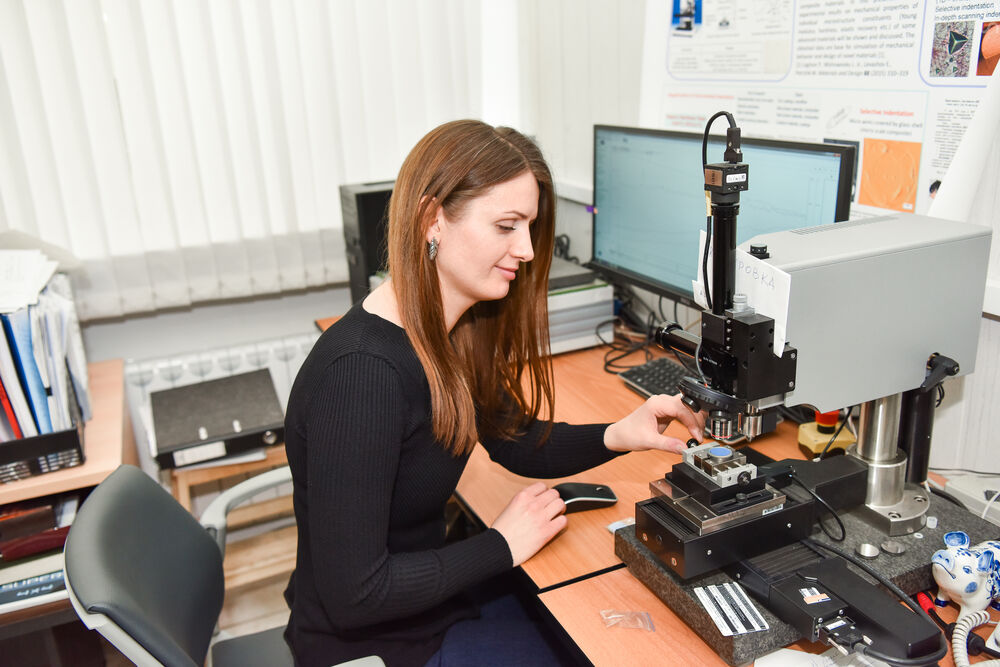Basic Information about the Center
The center was established under joint order and resolution of the State Education Authority of the USSR and Presidium of the Academy of Sciences of the USSR No. 744/119 dated September 21, 1989 as the first national joint scientific and educational center combining efforts and resources of the institution of higher education and academic institution in conducting fundamental researches, development and integration of the deliverables at enterprises, training and retraining of specialists on various aspects of the scientific agenda. The center operates as a structural unit of NUST MISiS and combines the leading specialists of NUST MISiS and the Institute of Structured Macrokinetics and Issues of Materials Science of the Russian Academy of Sciences in the area of chemical physics, physics of combustion and explosion, structured macrokinetics, physical materials science, powder metallurgy, pressure metal treatment, theory of metallurgical processes.
Activity of the Center
The center is a globally renowned multi-disciplinary scientific and educational center that develops new materials (ceramics, metallic ceramics, intermetallides, composite and functionally-gradient materials, multi-component and multi-layer nanostructured films, solid tribological coatings, corrosion- and heat-resistant coating, multi-functional bioactive nanostructured films, self-lubricating coatings, disperse and nanoparticles-reinforced materials and coatings), technologies of obtaining materials (SHS, powder metallurgy, magnetron sputtering assisted by ionic implantation, electro-spark alloying, thermoreactive electrospark hardening), methodologies of measuring mechanical and tribological features of nanostructured films and coatings, including the creation of state standard samples and their metrological support.
The center deals with the fundamental issues of combustion and structural macrokinetics of the process of synthesizing new materials (ceramics, metallic ceramics, intermetallides, composite and functionally-gradient materials, disperse and nanoparticles-reinforced materials), fundamental issues of engineering the surface of multi-component and multi-layer nanostructured films and functional coatings (solid tribological, self-lubricating, corrosion-, heat-resistant, biocompatible and bioactive antimicrobial coatings), technologies of obtaining materials and coatings (using the methods of SHS, powder metallurgy, ionic-plasma sputtering assisted by ionic implantation, electro-spark alloying, thermoreactive electrospark hardening, etc.), as well as the creation of methodologies of measuring mechanical and tribological features of nanostructured films and coatings, including the creation of state standard samples and their metrological support.
The key activities of the center are listed below:
- physicochemistry of combustion processes, SHS theory; structured macrokinetics, mechanisms of generating the structure of chemical reaction products in the combustion wave of various SHS systems;
- mechanical activation of mixtures as an efficient way of controlling the structure of powder materials, kinetics of combustion processes and features of synthesis products;
- development and synthesis of functional nanomodified metal matrix composites to produce instruments of ultrahard materials, special purpose items, powders for additive 3D technologies; new classes of constructional and instrumental ceramic and metallic ceramic materials, including target cathodes for ion-plasma and ion-beam sputtering, electrodes for electric spark alloying and thermoreactive electric spark hardening;
- physicochemistry of ion-plasma and ion-beam processes, ion implantation; kinetics and mechanism of generating nanostructured fine films and functional coatings (ultrahard, heat-resistant, corrosion-resistant, biocompatible and bioactive antimicrobial coatings) obtained with the help of composite SHS-targets and electrodes, and
- creation of a metrological complex and regulatory base to ensure the consistency of measuring mechanical and tribological features of nanostructured surfaces and nanoindustry products.
Evgeniy LevashovHead of center |
|




